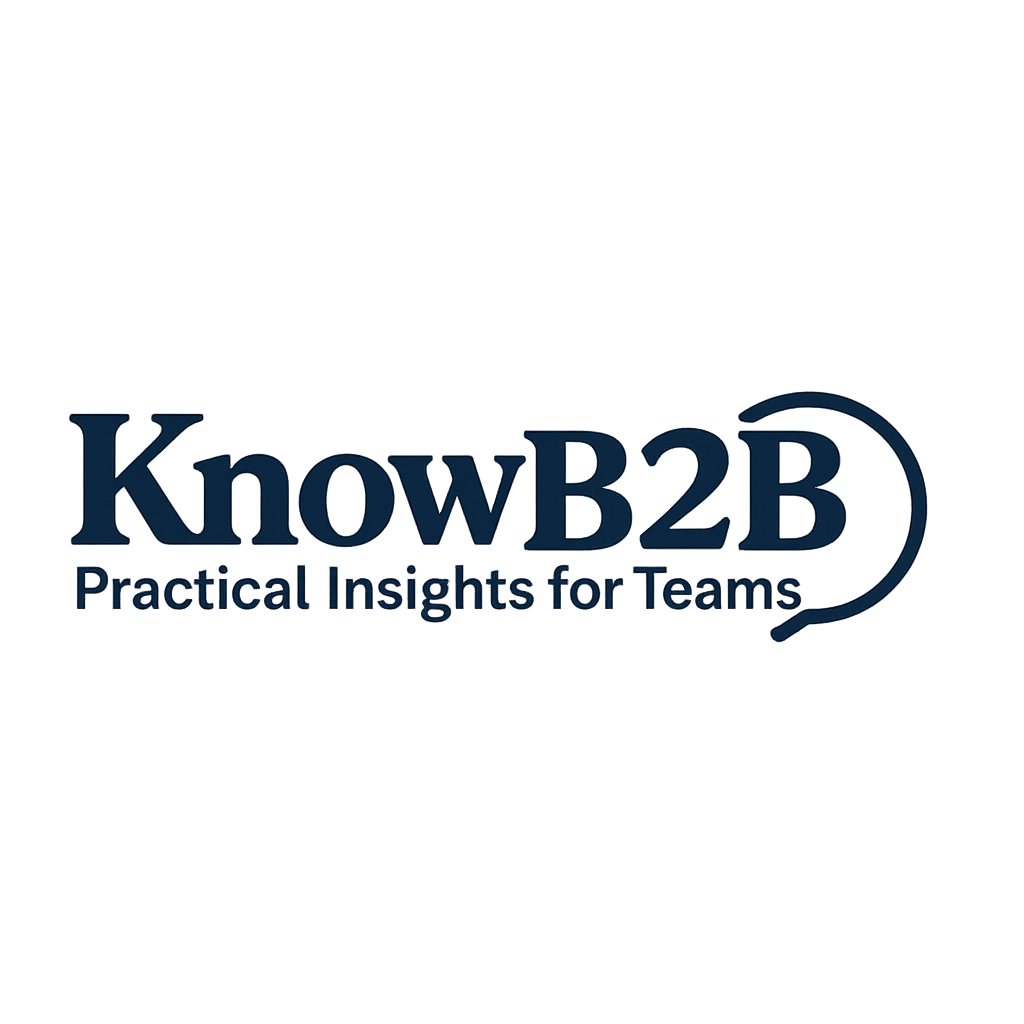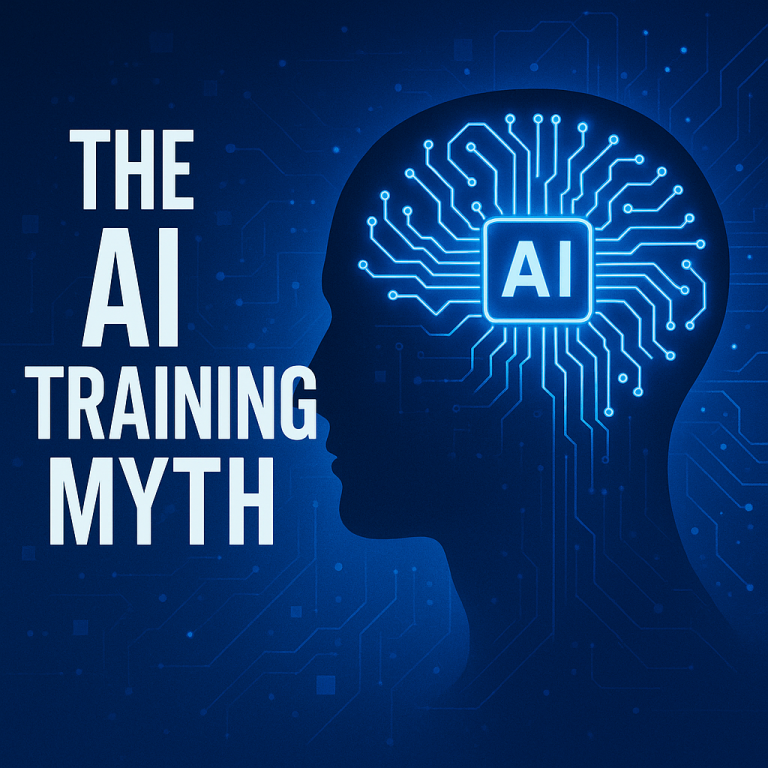Choosing a Human Resource Information System (HRIS) is not just an HR decision. It involves IT teams, business departments, and sometimes even top management. Because HR digitalization affects people across the organization, the selection process often becomes a cross-functional debate. Here are four critical questions every organization must consider during this process.
Do You Need an IT Consulting Partner?
This decision affects your project budget, timeline, and success rate. Consider the following factors:
- Project Size and Complexity: The larger and more complex the project, the more likely you need experienced consultants.
- In-House Technical Expertise: If your team lacks experience in HR tech or cloud infrastructure, a consulting firm can provide essential guidance.
- Resource Availability: Can your internal team handle implementation while maintaining business continuity?
- Time and Cost Constraints: Consultants can accelerate timelines and potentially reduce long-term risks and costs.
- Industry Experience: Consultants bring cross-industry insights and best practices to the table.
- Risk Management: They help identify and mitigate technical and organizational risks early on.
Expert Insight: Management consulting and HRIS deployment are not the same. While they share some business logic, consulting strategies often don’t translate directly into system features. In most cases, engaging senior consultants or project managers with deep HRIS experience is more practical than launching a full-blown management consulting project.
Build or Buy: What’s the Best Path?
This question influences both budget and implementation cycles. Key considerations include:
- Total Cost: Buying might seem costly upfront, but internal development involves long-term staffing and maintenance expenses.
- Time to Market: Purchased systems are typically quicker to deploy.
- Technical Capability: Only consider building your own solution if your team has strong development resources.
- Feature Fit: Off-the-shelf systems often cover standard needs. Custom development is better for unique requirements but demands more time.
- Maintenance Burden: Vendors often handle updates and bug fixes. In-house systems require ongoing internal support.
- Future Scalability: Custom-built systems may be more adaptable to your growth trajectory.
SaaS or On-Premises: Which Deployment Fits Best?
This decision impacts security, scalability, and IT resource planning. Here are the main trade-offs:
- Cost Model: SaaS uses a subscription model, minimizing hardware investment. On-premises requires upfront software and hardware expenses.
- Security: On-premises offers more control over sensitive data. SaaS vendors, however, now comply with strict data regulations and security protocols.
- Customization: On-premises solutions allow more flexibility. SaaS tools often provide limited customization.
- Scalability: SaaS platforms are easier to scale with business growth.
- Integration Complexity: Consider how the solution will connect to your ERP, CRM, or other systems.
Case Study – Schneider Electric: Schneider began its cloud transformation in 2012, and by 2020, its China operations adopted a dual-cloud approach (global + local). The primary driver? Data localization and compliance. SaaS was chosen over on-premise except for use cases involving IP-sensitive or ultra-critical systems. SaaS aligned with their ESG values and reduced hardware/maintenance costs. Security concerns were mitigated via robust legal clauses and an expectation of improving regulatory and technical safeguards.
One-Stop Platform or Best-of-Breed Modular Stack?
This affects your vendor ecosystem and integration workload.
- Company Size and Complexity: SMBs may benefit from one integrated suite. Larger firms often prefer specialized systems for each function.
- Depth vs Breadth: Integrated platforms cover more areas but might lack depth in specific modules. Best-of-breed systems offer excellence in niche areas.
- Integration Load: All-in-one systems minimize integration needs. Modular approaches require technical effort to achieve interoperability.
- Vendor Management: Multiple tools mean more contracts, vendors, and SLAs to manage.
- Scalability and Flexibility: Modular stacks offer flexibility but increase long-term integration and maintenance complexity.
- Budget Planning: A suite might have higher upfront costs but simpler operations. A modular approach lets you pay as you grow.
Additional Considerations: Don’t overlook your organization’s current OA (Office Automation) status and approval workflows. Evaluate whether the new HRIS will integrate with existing systems like:
- OA platforms
- Time & attendance systems
- Identity and access management
- Finance & payroll software
Understanding your integration landscape upfront will reduce hidden costs and avoid major rework during implementation.
Conclusion: The right HRIS strategy must balance cost, risk, time, and future scalability. There’s no one-size-fits-all answer. Focus on strategic fit and long-term value, not just short-term convenience. As digital transformation accelerates, making informed, holistic decisions about HR technology is more crucial than ever.


